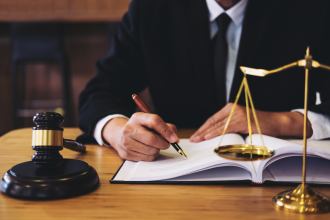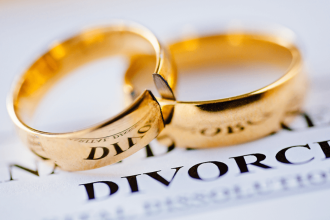Everyone has experienced awkward moments when they trip over something or suddenly lose balance. However, do you know the common reasons for slip and fall accidents? Surprisingly, these incidents can occur in various places and for many reasons. To protect yourself and others, it’s essential to have an understanding of these common causes. Here are seven typical factors that can contribute to slip and fall accidents:
1. Wet and Slippery Surfaces
It’s no secret that wet surfaces can be exceptionally slippery. Sliding surfaces can lead to accidental slips and falls, whether due to rain, spilled liquids, or freshly mopped floors in shopping malls or stores. It’s advisable to exercise caution, especially when walking on shiny or damp floors. Employing warning signs after cleaning can also play a crucial role in alerting others to potential hazards. Moreover, be extra careful on rainy days when wet sidewalks and streets can become treacherous.
2. Uneven Pavements and Surfaces
Walking on uneven sidewalks or bumpy paths can quickly result in a fall. Cracks, potholes, or protruding tree roots may catch unsuspecting pedestrians off guard, leading to tripping incidents. Municipalities and property owners are responsible for regularly inspecting and maintaining pathways to prevent such hazards. Remember to watch your step, especially in areas lacking maintenance.
3. Loose or Torn Carpeting
Indoors, an often underestimated hazard is loose carpeting. A raised edge or a torn section of a rug can easily snag a foot and cause a fall. Homeowners and businesses should make sure that carpets lie flat and are free of tears to create safer environments for everyone. Always keep an eye out for loose edges and report them for immediate repair.
4. Poor Lighting
Insufficient lighting in certain areas, especially staircases or hallways, can pose a significant risk. Without proper illumination, it becomes challenging to identify potential trip hazards. Installing adequate lighting and promptly replacing burnt-out bulbs can greatly enhance safety. Additionally, when navigating dimly lit areas, use your smartphone flashlight or carry a small pocket flashlight for added visibility.
5. Cluttered Floors
A cluttered floor is a recipe for disaster. Objects such as toys, tools, or random scattered items can be hazardous. Maintaining clear walking areas, particularly in commercial spaces, is important to prevent unfortunate incidents. Encourage everyone to practice good housekeeping by promptly putting away items after use to keep pathways clear and safe. In case of carelessness, you can hold people accountable for their actions.
6. Worn-Out or Damaged Staircases
Now, let’s focus on staircases. These are high-traffic areas where wear and tear can take its toll. Over time, steps can become worn or even damaged, and that’s when accidents are more likely to occur. A broken step or a missing handrail can quickly lead to a stumble. It’s essential for building managers and homeowners to stay on top of staircase maintenance. Regular inspections can help identify issues early on and prevent accidents. Remember, when you’re using stairs, use those handrails if available. They provide valuable support and stability. And if you happen to spot a problem with a staircase, don’t hesitate to report it to the appropriate authorities. Your vigilance can contribute to a safer environment for everyone.
7. Inappropriate Footwear
Believe it or not, shoes also play a role in slip and fall accidents. Imagine navigating a slippery surface in high heels or flip-flops – a recipe for trouble. The wrong footwear can lack the grip needed for stability, especially on smooth surfaces. So, when heading out, take a moment to think about your footwear. Choose shoes that are appropriate for the conditions. Opt for shoes with good traction if it’s wet or slippery outside. You can significantly reduce the risk of slips and falls by making smart footwear choices. Remember, fashion is important, but safety should always come first.
Understanding the common causes of slip and fall accidents is just the beginning. It’s crucial to stay vigilant and take preventive measures to protect yourself and others. Accidents can happen anywhere, but you can reduce the risk significantly with awareness and caution. So, keep an eye out for wet surfaces, watch your step on uneven pathways, and report loose carpeting or damaged staircases. Make sure your surroundings are well-lit, and don’t forget to tidy up cluttered floors. And when it comes to footwear, choose wisely to ensure you have the grip you need. Remember, safety is in your hands, or should we say, at your feet! Stay safe out there, and may your steps be steady and accident-free.















